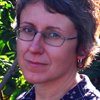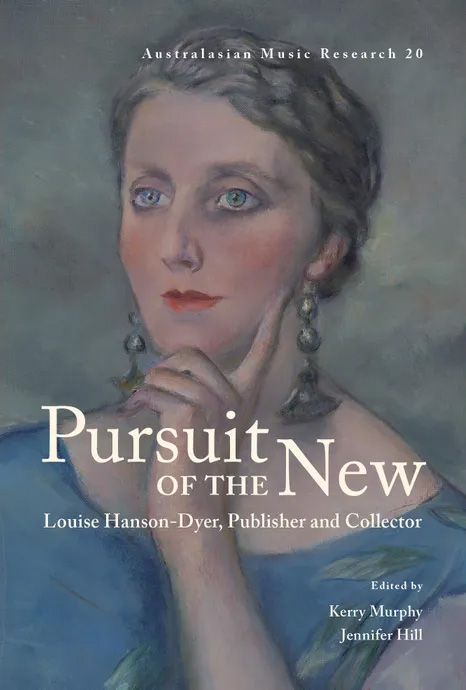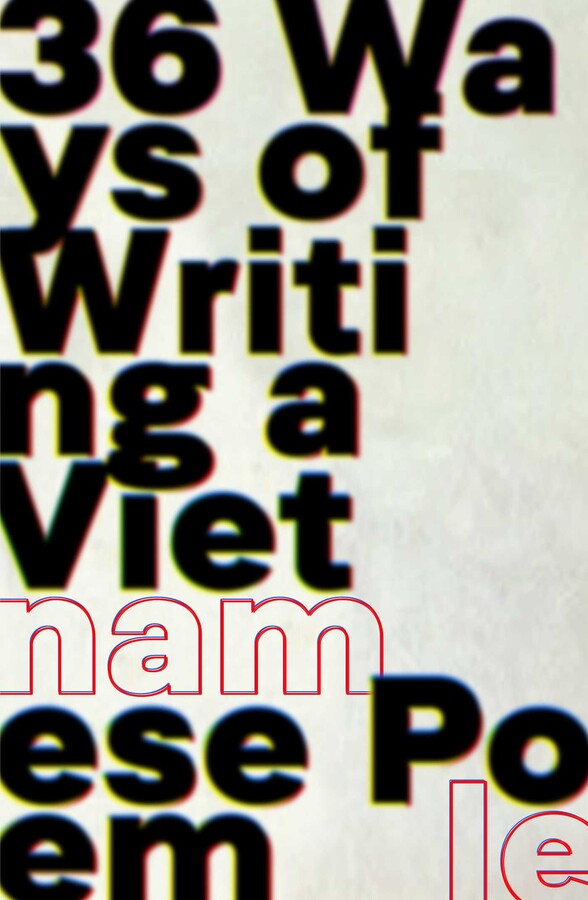States of Poetry 2016 - Western Australia | State Editor's Introduction by Lucy Dougan
'Poetry is a necessity of life ... It is a function of poetry to locate those zones inside us that would be free, and declare them so.' C.D. Wright
How does Western Australia look or sound to the rest of the country? In this selection, six poets are addressing you from the edge of the Indian Ocean, the edge of the Southern Ocean, one from Yamaji country, one from derelict, unlovely parts of the Swan River, one from the suburbs made strange, and two from a deep psychic trench between here and an older home.
We shouldn't reduce the complexity of the places to a series of clichés about wildness, heat, vulgarity, or mineral wealth. We should understand that, for all our flourishing poetic communities and histories, including strong independent publishing outlets, it remains difficult for Western Australian poets to gain much traction on the east coast. ABR's States of Poetry project is thus a very heartening development.
Having said that, 'getting noticed' can be slightly dubious. In making my selection, I was attracted to these poets not just for their idiosyncratic voices but also because, for each of them, poetry is an investment in a practice that goes beyond mere visibility. Something larger and more complex is at stake in the work here by Carolyn Abbs, Kia Groom, Graham Kershaw, Charmaine Papertalk-Green, J.P. Quinton, and Barbara Temperton. At a time of ultra-economic rationalism, this is one of the more important functions of all art, especially poetry. I am drawn to survivor poets who pursue their art patiently and unshowily. I see plenty of evidence of this in the work and lives of these poets. Temperton and Papertalk-Green have established presences and are significant regional poets. But they, like the others, have been working away quietly.
These selections are just the tip of larger and passionate involvements: Papertalk-Green's profoundly lived knowledge of the resilience of her Yamaji culture and her rightful anger; Temperton's sense of inclusive care from the deaths of small dogs to the health (or otherwise) of the ocean; Groom's sophisticated intertextual layerings of a wider feminist gothic project; Abbs's atmospheric excursions into the life of things and her ongoing collaboration with her sister, the photographer Elizabeth Roberts; Quinton's psychogeographies – both real and dreamlike – which are connected to his knowledge of place; and Kershaw's ethical ruminations that span an understanding of what it means to experience different places.
There is poise, compassion, unease, surprise, and an emphatic involvement with contemporary challenges in all the work here. These are six active contemporary Western Australian poets to cherish and to watch.




